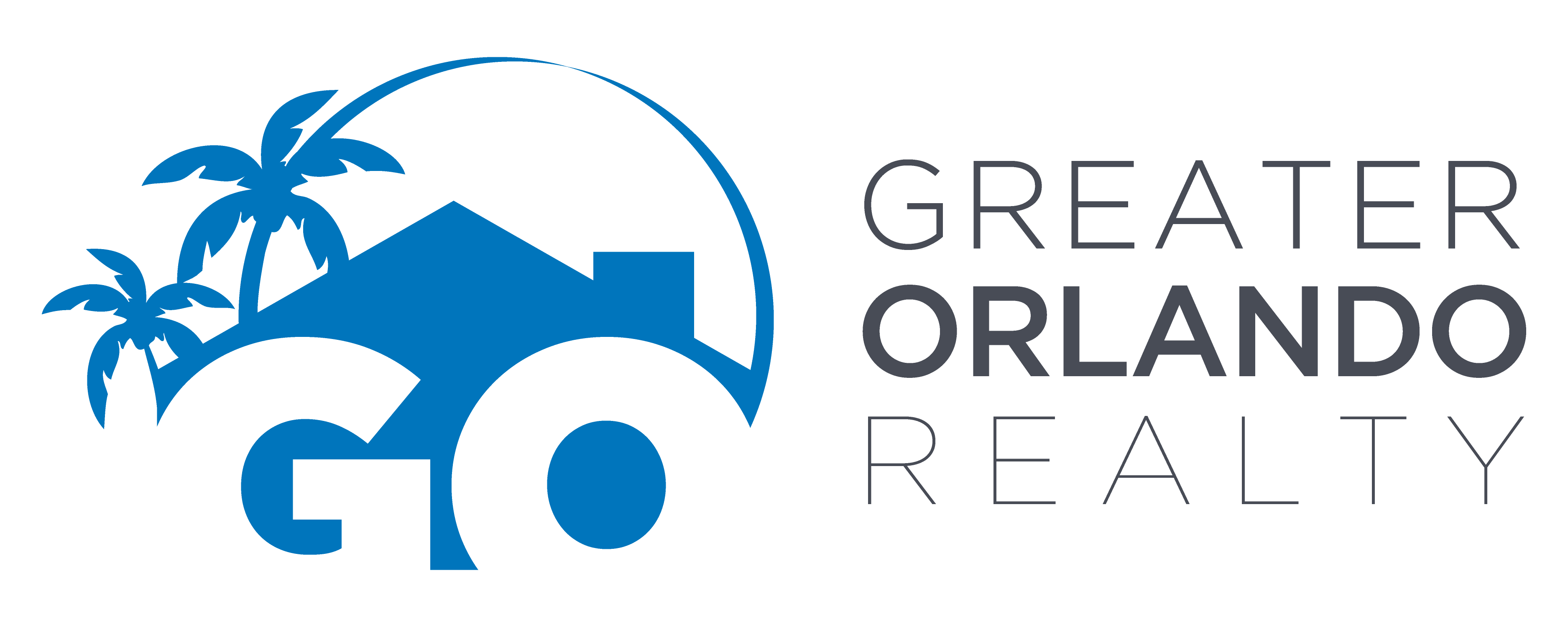The first step in the mortgage process is “pre-qualification.” A mortgage pre- qualification simply gives you an informal estimate of how much house you can actually afford and gives you a ballpark figure on how much money a lender might loan you. Getting pre-qualified for a mortgage is typically a pretty simple process.
A mortgage calculator provides you with some great starting information that will be useful when you begin talking to potential mortgage lenders. You will need to input your gross monthly income, along with the annual percentage rate and the loan term you would like to obtain.
Go to the website of your county treasurer to determine your local property tax rate. Enter that figure, the amount you have saved up for a down payment and your expected Closing Costs.
Honestly consider your other monthly obligations and include all:
- credit cards
- car loans
- insurance premiums [health, life, disability, etc.]
- student loan payments
- any other recurring loan payments
- alimony and/or child support, if applicable
The mortgage calculator will then provide you with the maximum loan amount for which you could possibly qualify.
Gather the Necessary Pre-Qualification Paperwork
Gathering the pertinent documents before talking to potential lenders will help to make the pre-qualification process go much more smoothly. You will need your Social Security number, recent pay stubs, annual income, the tax returns from at least the previous two years, and all bank account numbers.
Potential lenders want an overall picture of your financial status, so make a list of all of your assets and all your debts. Some pre-qualification programs require you to present a list of your retirement assets, as well.
Finish the Pre-Qualification Process with Several Potential Lenders
It’s always a good idea to compare the rates among competing lenders. There is no charge for the pre-qualification service and you are not obligated to borrow from any lender that pre-qualifies you.
Present the potential lender with the pertinent paperwork. Some lenders will check your credit history and determine your debt-to-income ratio, while others wait to run your credit report after you actually apply for a mortgage.
Once the pre-qualifying lender reviews all your information, they will estimate how much their organization might be willing to lend you. The mortgage representative will then send you a letter or email stating the maximum amount you are pre-qualified to borrow.
Advantages of Obtaining a Mortgage Pre-Qualification
Obtaining a mortgage pre-qualification lets you know how much house you can afford before you even start looking. You won’t waste your time or suffer the grief of falling in love with a home that is way above your budget.
Being pre-qualified for a mortgage makes you more attractive to sellers, which can give you more negotiating power. Pre-qualified buyers are often given preference if a seller receives multiple offers.
Common loan Types
On adjustable mortgage loans, the interest rate changes periodically at set intervals. The rate changes are determined by the chosen index.
Some of the attractive elements of ARMs is the fact that initially, the monthly payment is lower than that of a fixed rate, and if rates improve, then the payment may go down, as well. This would enable you to possibly qualify for higher loan amounts. The drawback to this type of financing is if interest rates rise, then the payment will eventually, too.
The names comes from the fact that the mortgage must be paid off in full in a single “balloon” payment at the end of a set period of time, usually five or seven years. This can be attractive for those expecting to sell or refinance their property within that period of time. The disadvantage is needing to sell the property or refinance the loan at the end of that period.
FHA stands for the Federal Housing Administration, which insures these loans, which are available to qualified home purchasers. There are limits on the size of FHA loans (up to $353,750 currently), but large enough to cover average-priced homes in many parts of the country.
These mortgages have the advantage of a constant interest rate throughout the term of the mortgage for the original borrower. This protects you from future increases in interest rates. Unfortunately, it means that your payment stays at the original level, even if rates later drop.
With the tremendous growth in the number of international investors in US real estate over the past few years, Foreign National Loans have developed. Due to their special nature, though, not all lenders offer them.
Depending on the down payment made, buyers will NOT be required to provide such documentation as income verification, Social Security numbers, Green Cards, bank documents, pay slips, etc.
A variable-rate line of credit, usually based on the prime rate, that is secured by the equity in the home. Funds are available on demand, but repayment is not required until the borrower draws them down. Funds can be repaid and drawn repeatedly with no additional paperwork.
Benefits include being able to only borrow what you need, pay interest , therefore, only on what you borrow, having flexible access to funds, and the interest may possibly be tax-deductible. Drawbacks to HELOC are the potential for rates to change, which affects payments, and it can be harder to refinance your first mortgage.
Payments on these type of loans only pay interest, rather than principal and interest. The borrower pays only the interest due for a certain amount of time, such as 3, 5, 7, or 10 years. After the interest-only period, has expired, the loan is renegotiated at the current interest rate for the remaining life of the loan.
When a property owner pays off an existing loan with the proceeds from a new one, using that property as the security for the loan. This is frequently an attractive option when rates have dropped. Your mortgage advisor can determine at what rate it makes economic sense to refinance.


